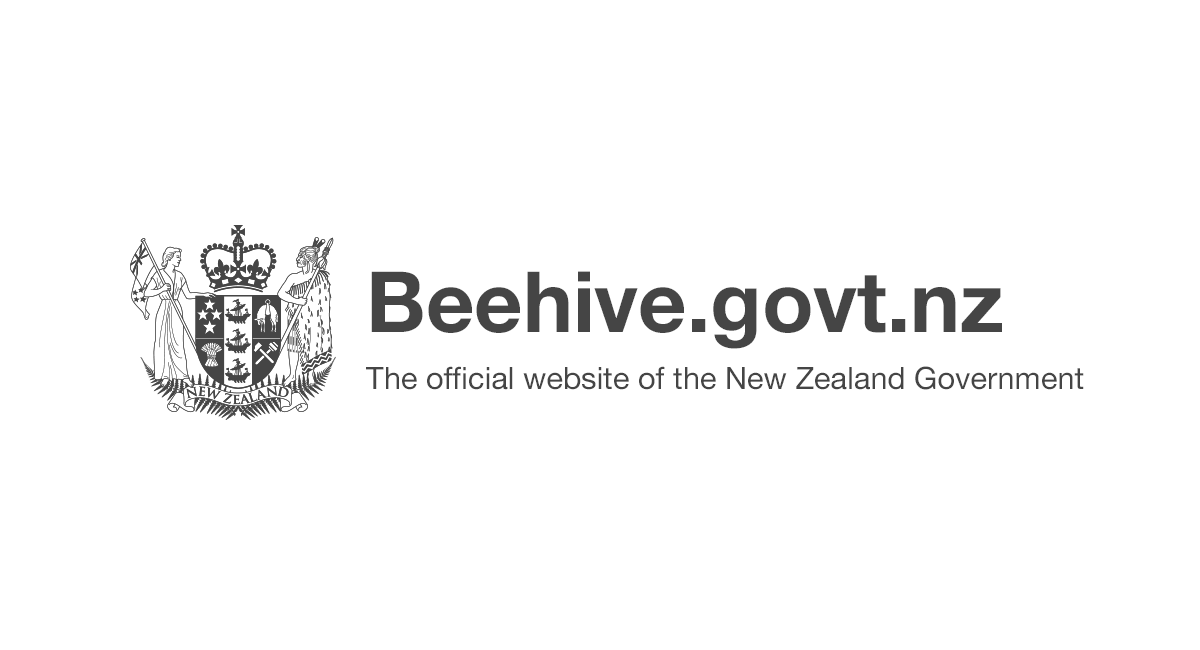
Work on a critical minerals list and a stocktake of New Zealand’s known mineral potential is underway and will be key to enabling a strategic, considered approach to developing the country’s resources and strengthening mineral resilience, Resources Minister Shane Jones says.
Together, the list and the stocktake will identify the domestic and imported minerals pivotal to New Zealand’s economy but which may be at risk of supply disruptions, and the potential opportunities to meet these needs domestically.
“We rely on a wide range of minerals every day, likely without much thought – but if suddenly we couldn’t access aggregate to construct our roads, phosphate to support the growth of our crops or ironsand to make steel for our buildings, our economy would grind to a halt,” says Mr Jones.
“Minerals are also essential inputs for the technology we need for the transition to clean energy. There are no wind turbines without rare earth elements or electric vehicles without lithium for batteries.
“A critical minerals list will highlight our most important minerals, excluding petroleum, that are essential to New Zealand’s economic functions that face high risks to supply domestically and internationally.
“It will also explore minerals in demand by our international partners where we may be able to contribute to supply – there are opportunities for New Zealand to supply global demand for clean technologies minerals, for example, and contribute to the global push to diversify and stabilise mineral supply.”
The Ministry of Business, Innovation and Employment (MBIE) has contracted natural resources sector consultancy Wood Mackenzie to develop the list and expects to consult on a draft towards the end of the year.
“The next foundational piece to enable the strategic development of our resources is a comprehensive understanding of what minerals we have in the ground and where we are likely to find them,” Mr Jones says.
“We’ve known for decades that we have a vast minerals estate, but the technical data that tells us that often sits in isolation or in different agencies, without consideration for the bigger national picture. This would be a powerful tool attracting investment into our mining sector.
“To collate our current understanding of our mineral endowment, MBIE has commissioned GNS Science to develop a specialist geological report on New Zealand’s potential onshore and offshore mineral endowment, bringing together extensive mineral deposit research, geological, geochemical, and geophysical studies and mapping, and GIS-based mineral prospectivity mapping.”
The Coalition Government has signalled a major role for minerals in New Zealand’s export-led economic recovery and is committed to utilising and leveraging mineral resources to benefit all New Zealanders.
“This work is all about setting our sector up to focus on the right minerals at the right time in the right places, changing the prevailing mantra about mining to one that doesn’t begin and end with extraction but one that focuses on our mineral needs, economic opportunities, and our ability to deliver on this while benefiting our environment and communities,” Mr Jones says.
Consultation on a draft Minerals Strategy for New Zealand closes on 31 July 2024. Both the list and study are identified as key deliverables of the strategy to enable the strategic, long-term approach to mining.